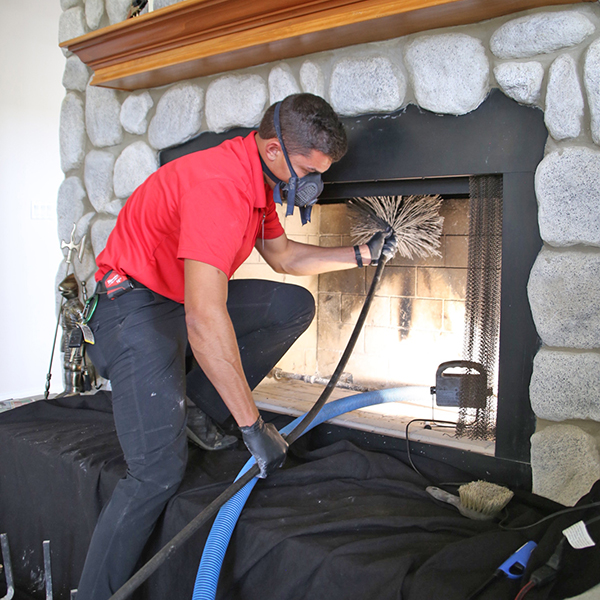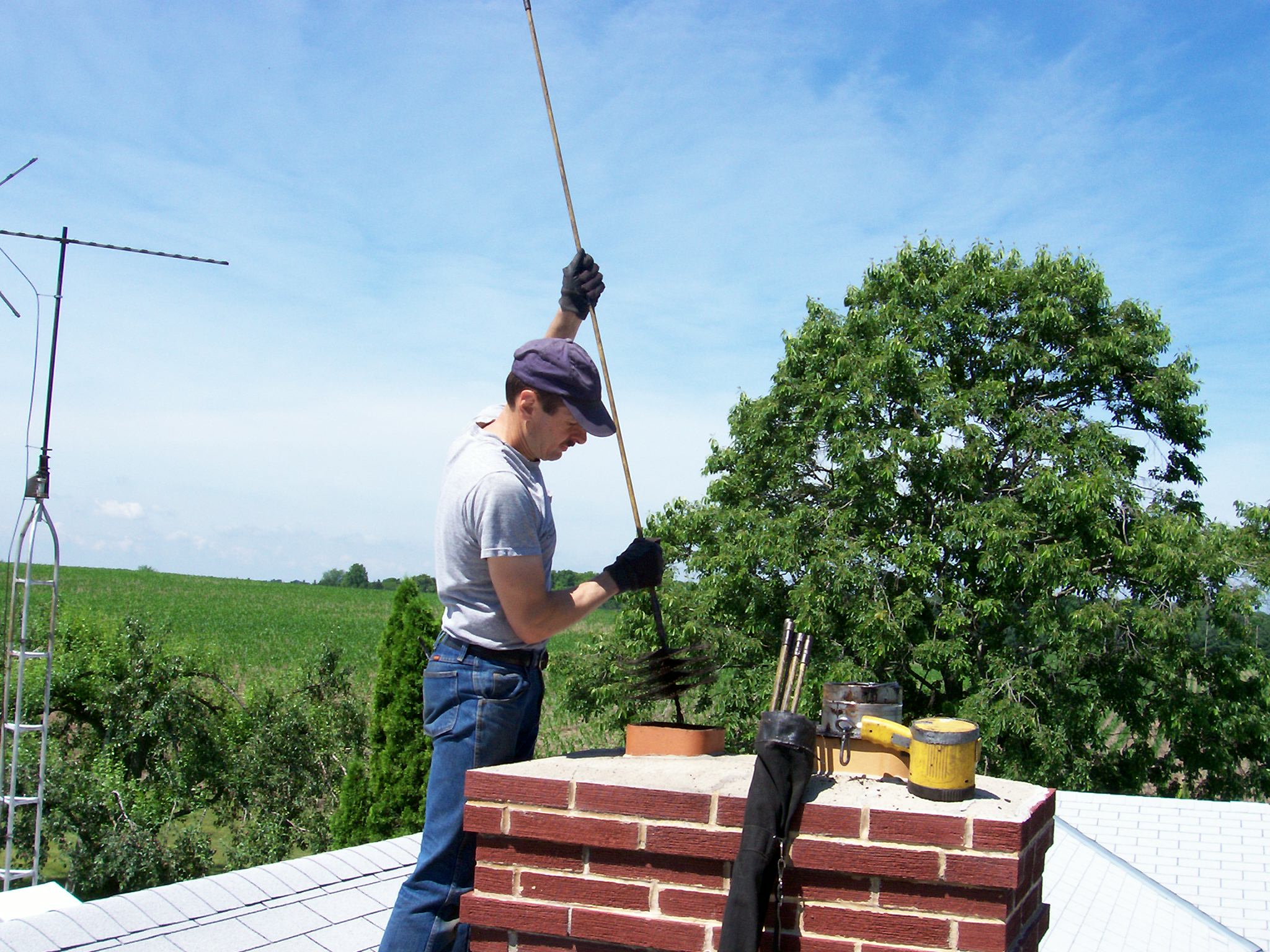chimney cleaning san jose: Ensuring Your Chimney awaits Winter
chimney cleaning san jose: Ensuring Your Chimney awaits Winter
Blog Article
Just How to Determine Common Issues That Require Smokeshaft Repair Work in your house
Identifying common issues that demand chimney fixing in your house is critical for preserving both safety and security and effectiveness. Routine inspections can disclose significant indications such as creosote build-up, visible cracks, and signs of moisture invasion. In addition, odors and draft issues usually indicate deeper difficulties that may not be quickly evident. Understanding these warning signs is crucial for timely treatment, yet many homeowners forget them. What are the certain actions one can take to ensure their smokeshaft remains in optimal problem? The solution might discover more than you anticipate.

Indications of Creosote Accumulation
Among one of the most essential signs of chimney problems is the buildup of creosote, a byproduct of timber burning. This compound forms when smoke cools down and condenses on the walls of the chimney, resulting in a thick, tar-like residue. With time, creosote buildup can present considerable security hazards, consisting of an enhanced risk of chimney fires.
Homeowners should be alert in observing indications of creosote accumulation. One key sign is the existence of a solid, poignant odor originating from the chimney or fire place, especially throughout cooler months when the fire place remains in usage. chimney cleaning san jose. Additionally, dark, glossy deposits on the smokeshaft flue or in the firebox might signify extreme creosote accumulation
Normal assessments can assist identify the degree of the problem. It is recommended that a specialist chimney sweeper performs an annual inspection to assess creosote degrees and perform necessary cleanings. If homeowners discover any kind of adjustments in the efficiency of their fire place, such as reduced draft or trouble in starting a fire, it may show a creosote problem. Resolving these indicators quickly is vital to preserving a safe and efficient smokeshaft system.
Noticeable Splits and Damage

Visible cracks and damage in a chimney can work as significant caution indicators of underlying architectural concerns that may need immediate interest. These blemishes can arise from numerous factors, consisting of temperature level fluctuations, working out of the home, and degeneration of materials in time. It is important to evaluate both the exterior and interior of the chimney for any kind of indicators of cracking, spalling, or collapsing stonework.
Cracks can vary in size and value. Hairline fractures might indicate minor settling, while larger cracks could indicate a much more serious structural compromise. Furthermore, harmed mortar joints can cause more degradation if not attended to immediately. Property owners need to also be aware of any type of leaning or turning of the chimney, as this can position safety threats and suggest foundational problems.
Routine assessments by a certified expert can determine these noticeable indicators early, protecting against more considerable repairs down the line. If you discover any fractures or damage, it is recommended to speak with a chimney specialist that can assess the situation and suggest proper repair work options (chimney cleaning san jose). Ignoring noticeable fractures can cause enhanced expenses and possible risks in the future, underscoring the relevance of timely treatment
Water Leakages and Wetness
Identifying water leaks and wetness breach in a chimney is crucial for preserving the honesty of both the chimney structure and the home. Water infiltration can bring about significant damages in time, including useful site architectural deterioration, mold and mildew growth, and jeopardized security. Among one of the most typical indications of wetness issues is the visibility of efflorescence, which looks like white, grainy deposits on the smokeshaft's outside. This happens when water vaporizes, leaving mineral salts.
Furthermore, home owners must check for indicators of water spots on indoor wall surfaces or ceilings near the chimney, as these might suggest leakages. Normal exam of flashing, the product that seals the chimney to the roof covering, is essential. Harmed or incorrectly set up blinking can enable water to leak right into the chimney framework.
During heavy rains or snowmelt, take note of merging water near the smokeshaft base or on the roofing system. This can indicate incorrect drainage or obstructions that require to be resolved. Regular maintenance and punctual repair work are essential in avoiding moisture-related issues, making sure the smokeshaft remains functional and risk-free for usage.
Unpleasant Odors

Another prospective resource of odor is animal breach. Birds, raccoons, or other wildlife may nest in the chimney, resulting in the decomposition of organic materials, which creates nasty smells. In such cases, it is crucial to attend to the issue quickly to guarantee both the safety and comfort of your home.
Additionally, stagnant air in a chimney can add to musty smells, frequently suggesting an absence of proper ventilation. Maintaining ample air movement is vital to avoid these concerns and guarantee the reliable procedure of your chimney system.
Regular inspections and cleansing by a professional can assist determine and remedy these odor-related problems, guarding your home from future complications.
Poor Draft and Smoke Issues
A persistent inadequate draft in a smokeshaft can considerably prevent the reliable procedure of a fire place or timber stove, resulting in smoke-related concerns that compromise interior air high quality. This problem often results in smoke rippling back into the space, producing pain and potential health hazards for owners.
Several factors can add to poor draft issues. Obstructions brought on by creosote accumulation, particles, or animal nests can protect against proper air flow, requiring smoke to reverse instructions. Furthermore, a poorly sized flue or smokeshaft can harm air flow, making it difficult for smoke to escape successfully.
Weather conditions, such as strong winds or low atmospheric stress, can also affect smokeshaft performance, worsening draft issues. Property owners may notice signs and Click This Link symptoms like excessive smoke, lingering odors, or problem starting fires.
It is crucial to deal with these issues immediately, as extended direct exposure to smoke can result in breathing issues and other health worries. Normal chimney inspections and upkeep are necessary to identify and correct inadequate draft conditions. Consulting a professional chimney sweeper can ensure complete cleansing and examination, bring back optimal capability to your chimney system and enhancing the safety and security of your home.
Conclusion
In summary, routine inspection of chimneys is important for recognizing common problems that necessitate repair. Attending to these problems proactively can boost the security and efficiency of the smokeshaft system, inevitably stopping extra severe damage and making certain ideal efficiency.
Report this page